Sea level rise has become one of the most urgent challenges of our time, with recent scientific findings sparking heightened concern.
The 2024 climate indicators report reveals that ocean levels are climbing even faster than earlier forecasts suggested.
Researchers attribute much of this acceleration to increased human activity—especially the burning of fossil fuels and widespread deforestation.
Thanks to advanced satellite monitoring and improved global data, scientists now have a clearer, more troubling picture of sea level trends worldwide.
This new evidence underscores the need for urgent action and drives home the scale of the problem we face.
1. Melting of Polar Ice Sheets Is Increasing
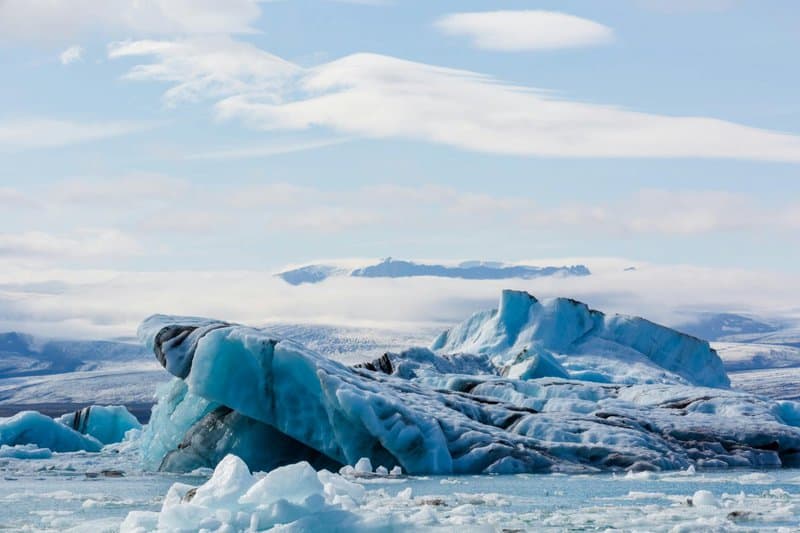
The Greenland and Antarctic ice sheets are shedding ice at rates that have stunned scientists.
Recent NASA GRACE satellite data confirms that both regions are losing mass much faster than earlier projections.
This accelerated melting pours vast amounts of freshwater into the oceans, directly fueling sea level rise.
Greenland alone lost over 4,000 gigatons of ice in the past two decades, a trend echoed in Antarctica.
Such rapid changes highlight the urgency of understanding—and addressing—these critical tipping points.
2. Glacial Retreat Worldwide
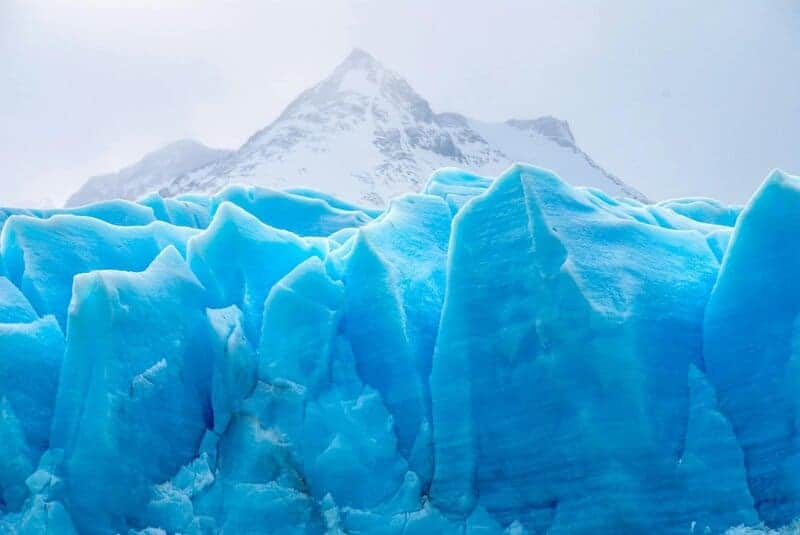
Glaciers from the Himalayas to the Andes are shrinking at alarming rates, with the World Glacier Monitoring Service reporting record losses in recent years.
Warmer global temperatures are driving this widespread glacial melt, feeding rivers and eventually flowing into the oceans.
This process adds significantly to rising sea levels.
Even remote glaciers, once considered stable, are now visibly retreating, signaling that no region is immune to the accelerating impacts of climate change.
3. Ocean Water Is Expanding Due to Warming
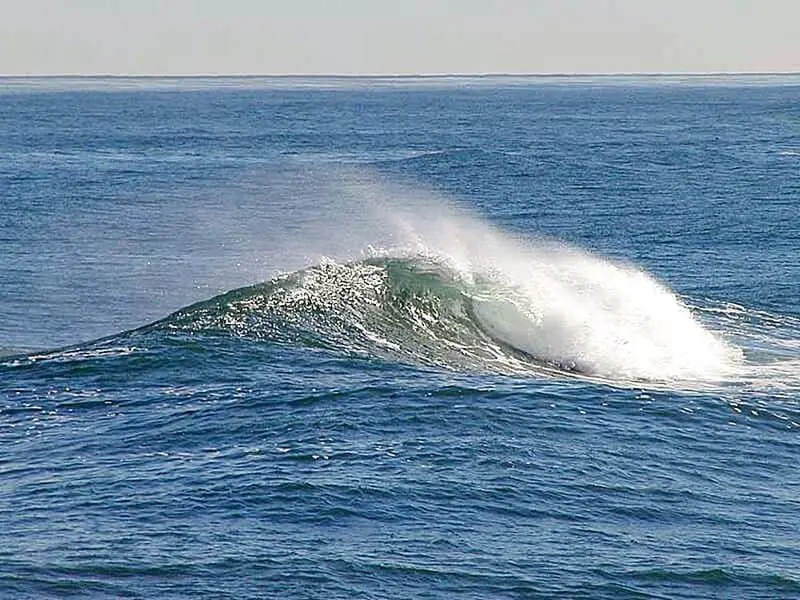
As the planet heats up, so do the oceans—a process that triggers thermal expansion.
When ocean water warms, it expands in volume, pushing sea levels even higher.
According to NOAA, thermal expansion has contributed to about half of observed sea level rise over the past century.
This phenomenon, often overlooked, is now recognized as a major driver of accelerating sea level rise, compounding the effects of melting ice and glacial retreat.
4. Increased Greenhouse Gas Emissions
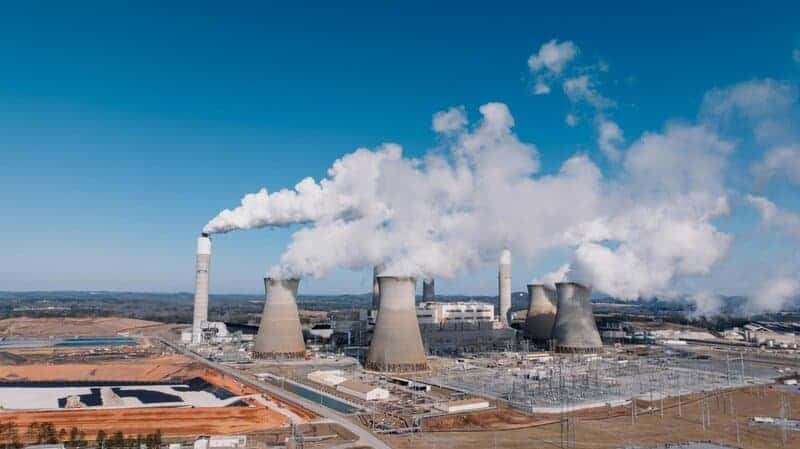
The relentless climb in carbon dioxide and methane emissions is fueling global warming and accelerating ice loss.
Both the IPCC and the 2024 climate indicators report confirm the direct connection between human activities—especially burning fossil fuels—and rising sea levels.
Unchecked emissions intensify the greenhouse effect, trapping heat in the atmosphere and oceans, which in turn hastens the melting of glaciers and polar ice sheets.
This feedback loop is a central factor in the faster-than-expected rise.
5. Loss of Coastal Wetlands and Mangroves
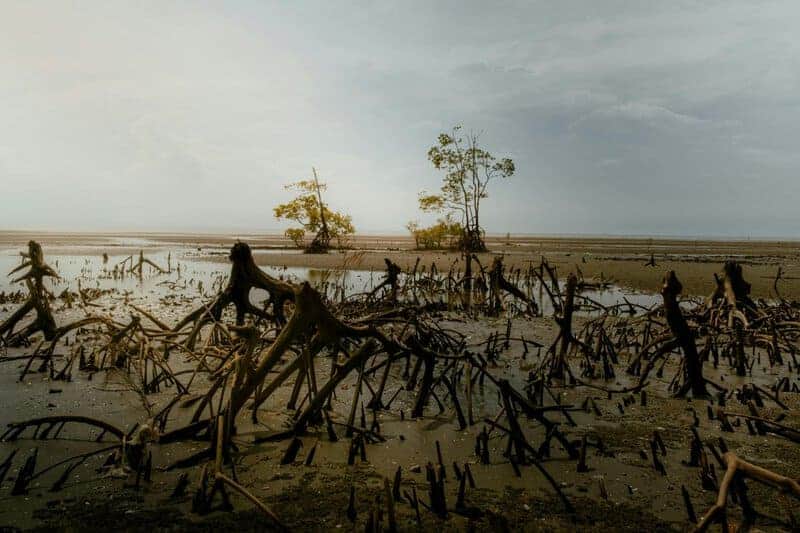
The destruction of coastal wetlands and mangroves strips away natural defenses, leaving shorelines exposed to the advancing sea.
A UNEP report emphasizes how these ecosystems buffer storm surges and absorb wave energy.
Without them, communities face increased flooding and erosion risks.
Preserving wetlands and mangroves is crucial for slowing the impact of sea level rise and safeguarding coastal populations.
6. Underestimated Feedback Loops

Positive feedback mechanisms are amplifying sea level rise in unexpected ways.
For example, as ice melts, its reflectivity (albedo) decreases, causing darker surfaces to absorb more heat and accelerate further melting.
Recent Nature Climate Change studies reveal these feedback effects have pushed melt rates well beyond previous projections.
Such self-reinforcing cycles mean that the consequences of warming are compounding, making it harder to predict future sea level changes.
7. Improved Satellite and Monitoring Technology
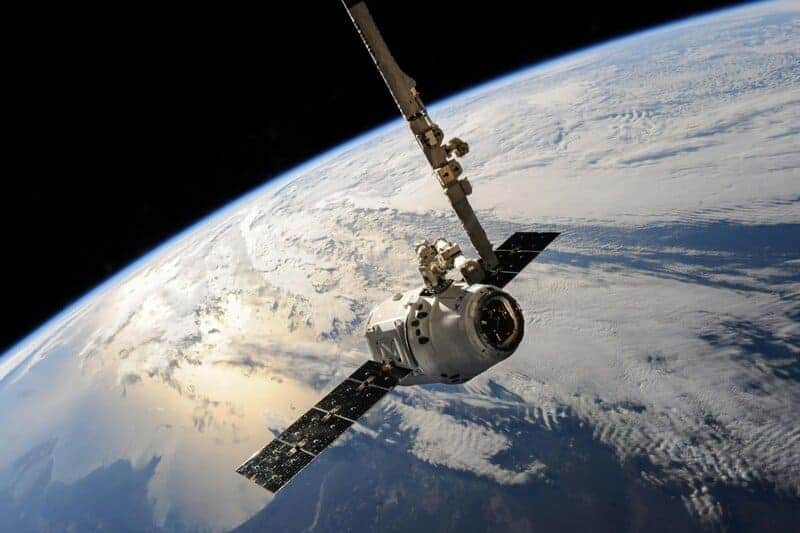
Advancements in monitoring technology, including ESA Copernicus and NASA satellite missions, deliver precise, real-time sea level measurements.
These high-resolution data sets have uncovered trends that older models missed.
As a result, scientists now recognize that sea levels are rising even faster than previously thought, reinforcing the urgency of updated predictions and adaptive strategies.
8. Land Subsidence in Coastal Areas

In many coastal cities, land subsidence—often caused by excessive groundwater extraction—intensifies local sea level rise.
Places like Jakarta and New Orleans are sinking faster than the seas are rising, worsening flood risks.
A USGS report highlights how human activities can dramatically amplify the impacts of global sea level changes in vulnerable regions.
9. Accelerating Ice Loss in West Antarctica
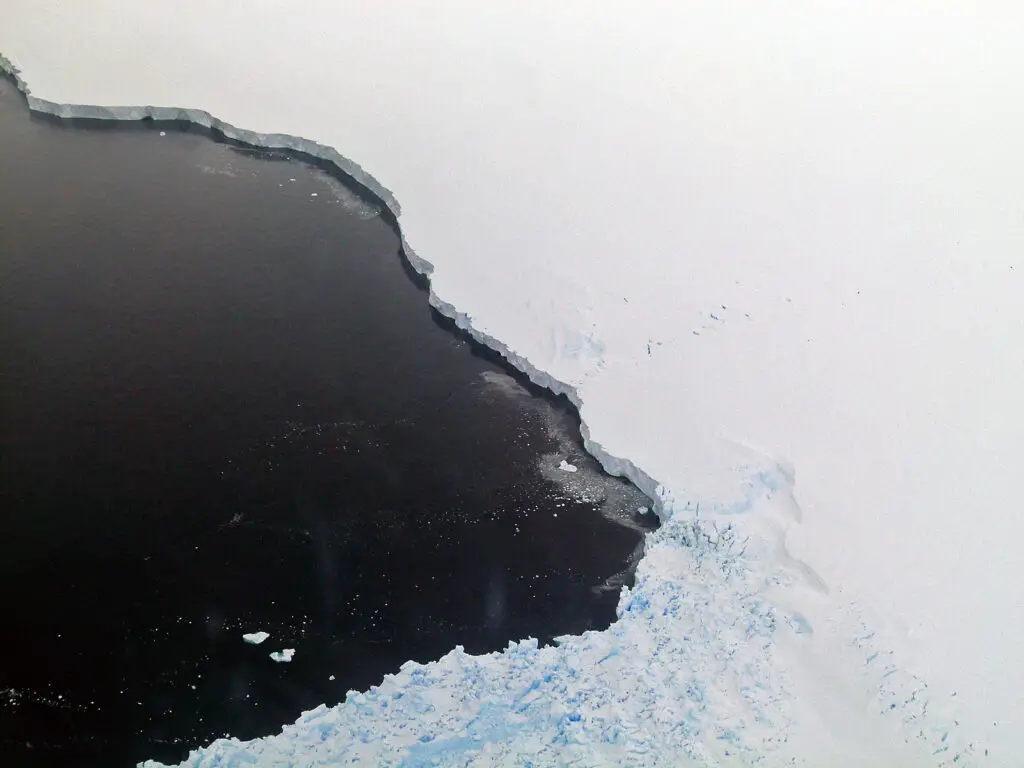
Recent research shows that West Antarctic glaciers are destabilizing at an alarming pace.
Studies published in Science Advances warn that this region’s ice loss could soon trigger dramatic global sea level rise.
Scientists are especially concerned that these glaciers may reach a tipping point, unleashing even more rapid and unpredictable changes worldwide.
10. Changing Ocean Currents
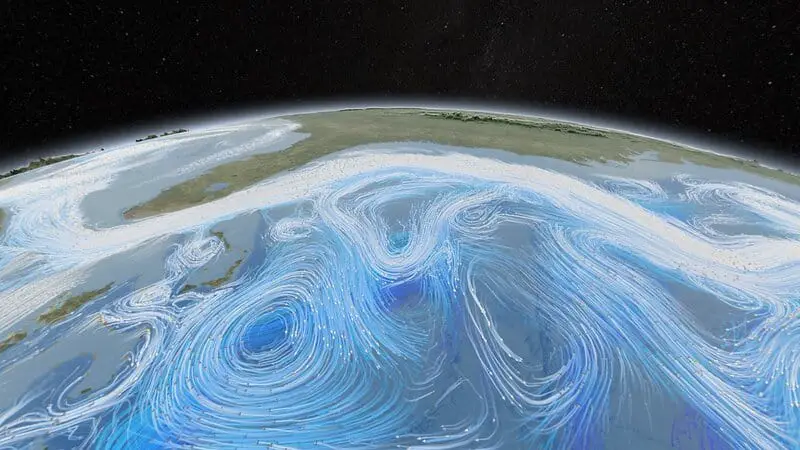
Climate change is altering major ocean currents, redistributing heat and influencing regional sea level rise.
NOAA research on the Atlantic Meridional Overturning Circulation shows that these shifts can intensify sea level changes in some areas.
Such dynamic changes make regional predictions more complex and highlight the interconnectedness of Earth’s climate systems.
11. Permafrost Thaw and Coastal Erosion
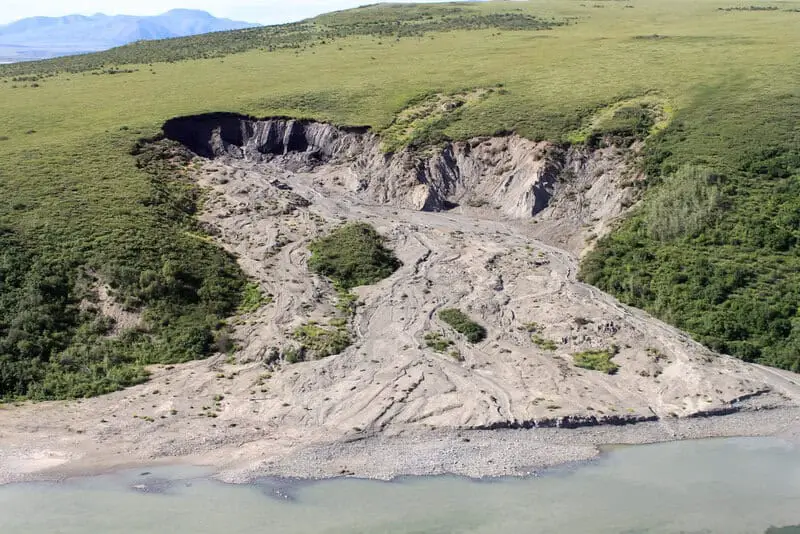
Thawing permafrost in the Arctic is speeding up coastal erosion, dramatically reshaping shorelines and threatening local communities.
As the frozen ground melts, it releases greenhouse gases like methane, which further intensify global warming.
Reports from the Arctic Council highlight how this feedback loop not only accelerates sea level rise but also amplifies the risks facing Arctic ecosystems and settlements.
12. Urbanization and Infrastructure Development

Expanding urban areas and the construction of hard infrastructure, such as seawalls and roads, disrupt natural water flows and drainage.
This increases exposure to flooding and amplifies the impacts of rising seas.
According to UN Habitat, rapid development in coastal zones often leaves communities more vulnerable to the accelerating threats of sea level rise.
13. Increased Frequency of Extreme Weather Events
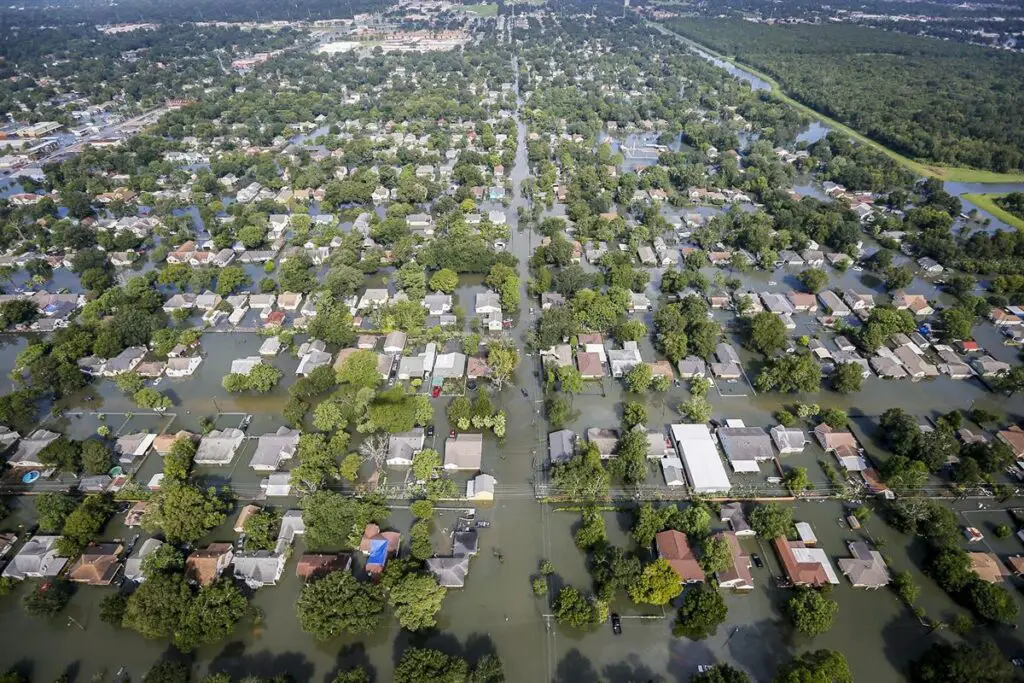
Climate change is fueling more intense hurricanes, storms, and heavy rainfall events, which compound the dangers of rising sea levels.
These extreme weather events cause severe flooding and coastal damage, especially in vulnerable regions.
IPCC special reports confirm that the combination of stronger storms and higher seas significantly increases risks to life, property, and critical infrastructure.
14. Regional Variations in Sea Level Rise

Sea level rise is far from uniform across the globe.
Regions such as the Western Pacific and US East Coast are experiencing much higher rates compared to the global average.
According to NASA’s sea level portal, these differences are influenced by factors like ocean currents, land movement, and local climate patterns, making targeted adaptation strategies essential.
15. Ocean Heat Content at Record Highs
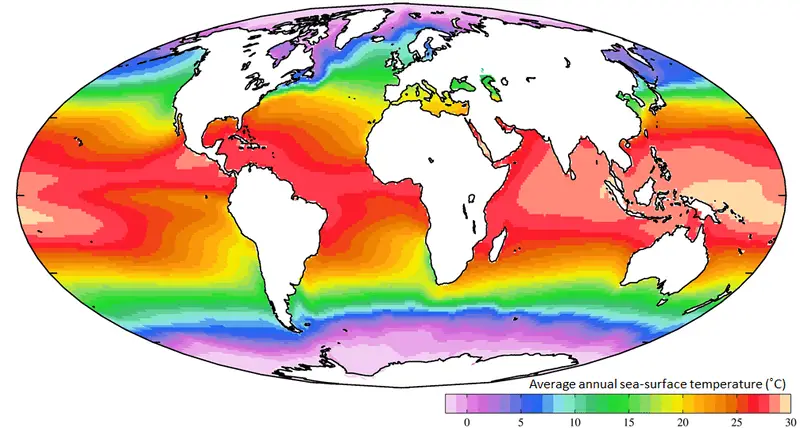
Global ocean heat content has reached record levels, according to the 2024 State of the Climate report.
This unprecedented warming accelerates both the expansion of seawater and the melting of ice, amplifying sea level rise.
Rising ocean heat not only drives faster changes but also underscores the growing urgency of climate action worldwide.
16. Underappreciated Role of Small Ice Caps and Glaciers
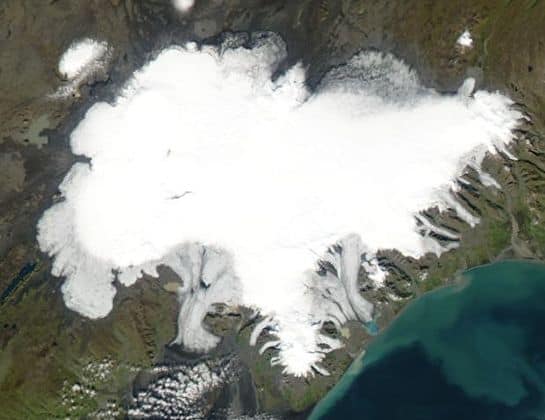
Recent research published in Science highlights that small glaciers and ice caps are melting faster than once believed.
Their combined contribution to sea level rise now exceeds earlier IPCC estimates, making them a key factor in global trends.
This finding shifts attention to regions previously overlooked in climate assessments.
17. Human Activities Amplifying Natural Processes
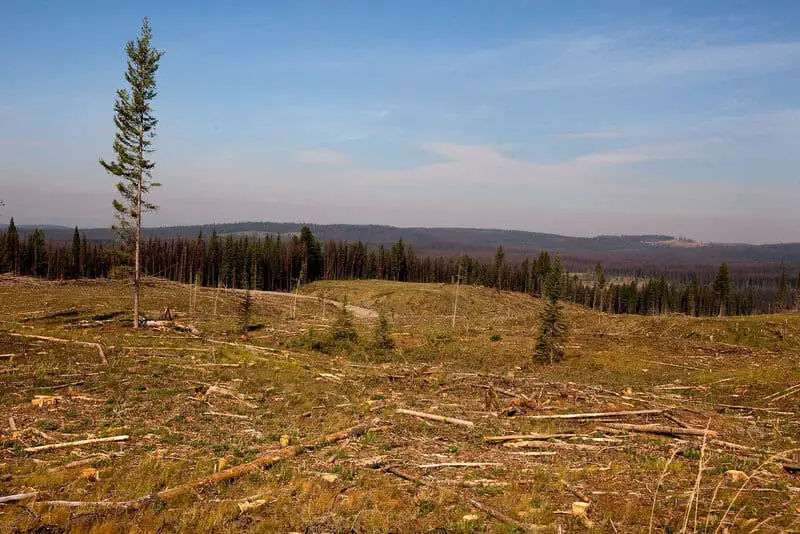
Human actions—including deforestation, land use changes, and fossil fuel consumption—are intensifying natural sea level rise drivers.
The 2024 climate indicators report confirms that these activities magnify warming, ice melt, and ocean expansion.
As a result, the pace and magnitude of change are now outstripping earlier natural variability and scientific predictions.
18. Unaccounted for Groundwater Extraction
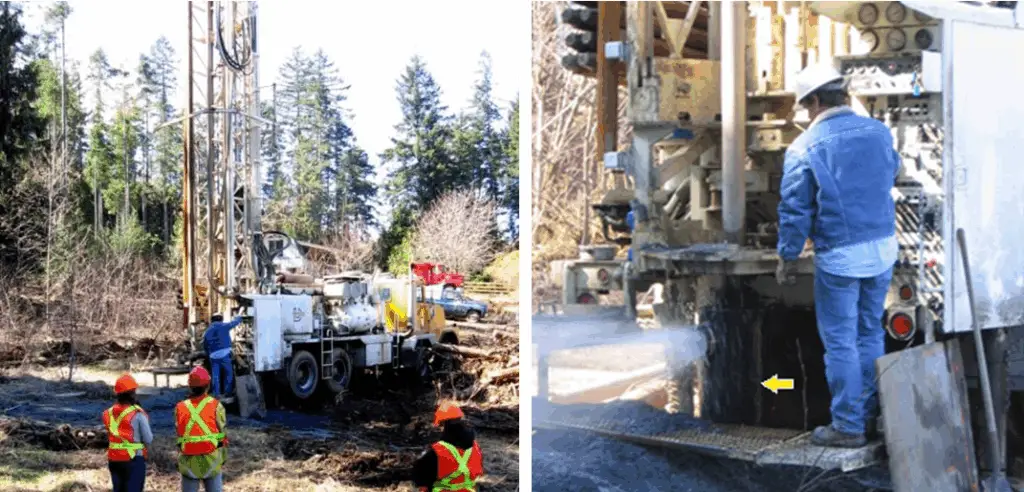
Large-scale groundwater extraction for agriculture and urban needs is transferring vast amounts of water from land to oceans, quietly raising sea levels.
Recent USGS and Nature studies reveal that this process has been underestimated in past sea level rise models, making its contribution more significant than previously believed.
19. Feedback From Melting Arctic Sea Ice
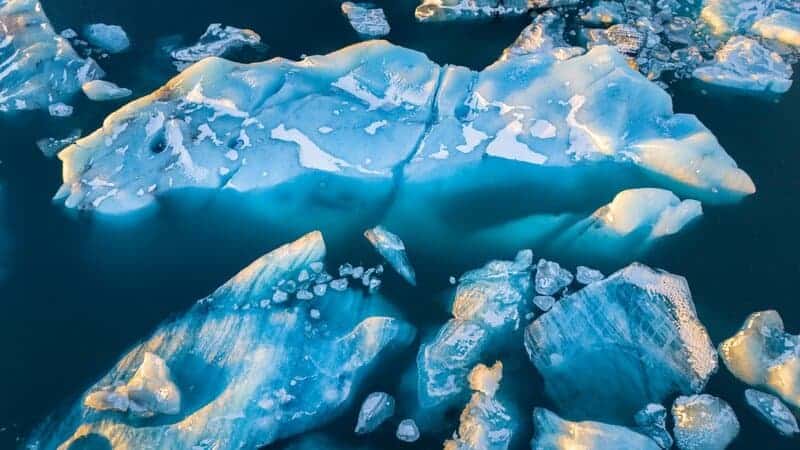
Although melting Arctic sea ice doesn’t directly raise sea levels, its loss accelerates regional warming.
This increased heat speeds up the melting of surrounding land ice, which does contribute to sea level rise.
The National Snow and Ice Data Center (NSIDC) highlights this feedback effect as a crucial factor amplifying polar and global change.
20. Underestimated Ice-Ocean Interactions
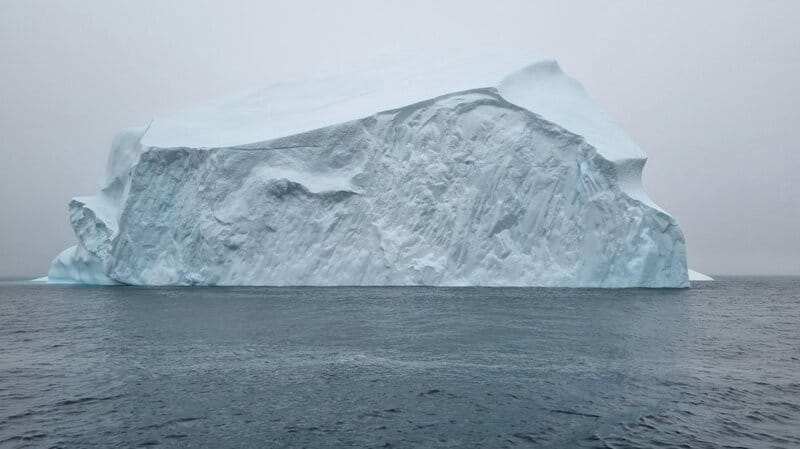
Emerging research reveals that warm ocean water is penetrating beneath Antarctic ice shelves, causing rapid basal melting.
This process, previously underestimated, is destabilizing major ice sheets from below.
Recent Nature Geoscience articles highlight how these hidden interactions are accelerating ice loss, further intensifying global sea level rise and complicating future projections.
21. Delayed Policy and Adaptation Responses

Slow global progress on emissions reduction and adaptation strategies has enabled the drivers of sea level rise to intensify.
The UN Environment Programme stresses that delayed action not only increases risks but also limits future options for mitigation.
Timely, decisive policy changes are essential to slow this accelerating trend.
22. Record-High Global Temperatures in 2023-2024
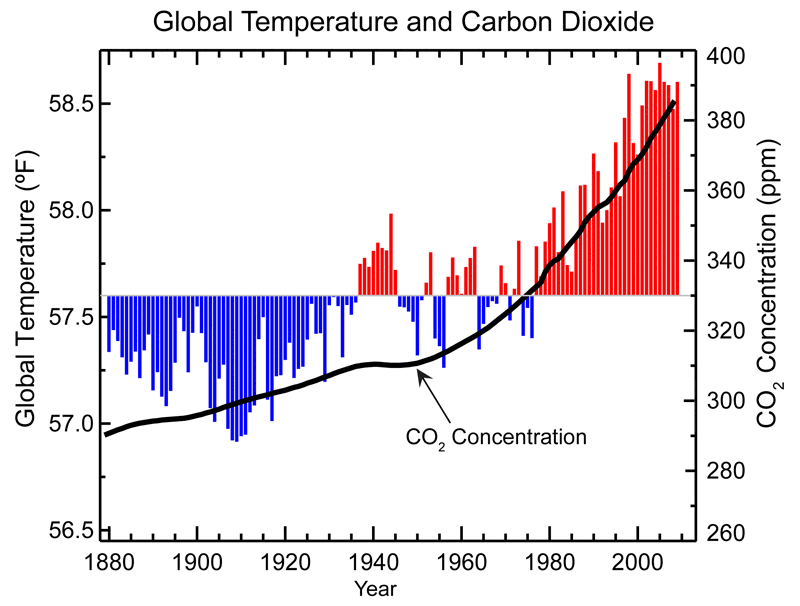
The years 2023 and 2024 have marked record-high global temperatures, intensifying the pace of sea level rise.
According to the World Meteorological Organization, this exceptional heat is accelerating ice melt and thermal expansion.
These record-breaking temperatures highlight the urgent need for rapid climate action.
23. Improved Understanding From the 2024 Climate Indicators Report

The 2024 climate indicators report offers the most comprehensive synthesis of sea level data to date.
With enhanced satellite monitoring and global collaboration, scientists now have a clearer picture of how human activities are accelerating sea level rise.
These findings, more robust than past IPCC assessments, confirm the urgency of addressing emissions and adapting to rapid changes already underway.
Conclusion
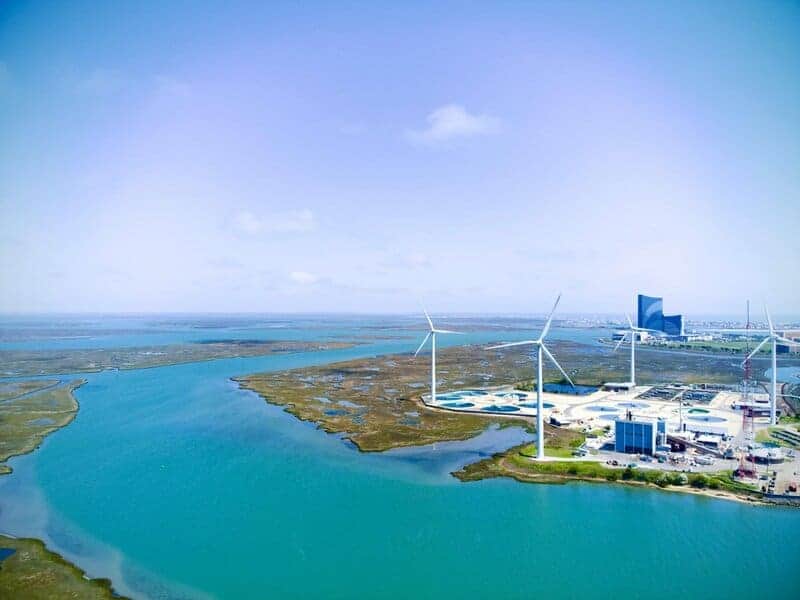
Sea levels are rising at an accelerating pace due to a potent mix of human activity, advanced monitoring, and complex climate feedbacks.
The most recent data show that these forces are combining to outstrip earlier predictions.
Urgent action is essential—from reducing greenhouse gas emissions to investing in adaptation for vulnerable communities.
As our understanding deepens, the message is clear: addressing sea level rise is not just a scientific challenge but a global imperative for current and future generations.



Vielleicht interessiert es Sie:
Wussten Sie! Minensuchratten auf dem Schlachtfeld und sie sind super effektiv!
Wie viele Giraffenarten gibt es? Leben sie alle in Afrika?
Der Vogel ist das Weibchen der Vögel: wahr oder falsch?
Warum bauen Biber Dämme? Welchen Nutzen?
Warum leben manche Tiere nachtaktiv? Welche Vorteile?
Küssen Tiere? Ist das die gleiche Bedeutung wie Menschen?
200+ Hilarious Seahorse Jokes That Will Make You Smile and Giggle
200+ Funny Investment Jokes to Boost Your Financial Humor Game